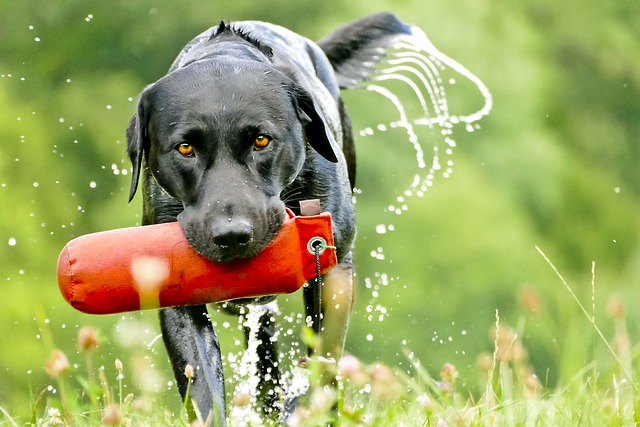
What is glaucoma in a dog?
You might notice your dog squinting more at mealtime or avoiding bright sunlight—these small changes could be early signs of a serious eye condition.
Your dog can’t tell you when their eyes itch or hurt—but small, daily changes in their behavior often give clues. Maybe they’re rubbing their face on the couch more than usual, or squinting when you open the curtains for morning walks. These little signs are easy to miss, especially on busy days, but catching them early can stop minor issues from turning into bigger problems.
One of the first things to check is discharge. Clear, watery eyes might just mean allergies—common in dogs that play in grass or near pollen—but thick, yellow or green gunk could signal an infection. If you notice this, don’t wait: in many U.S. states and European countries, neglecting a pet’s medical needs can violate local animal welfare laws, which might lead to fines or even legal action. It’s not just about care—it’s about staying compliant.
Watch how your dog reacts to light too. A healthy dog will blink normally when you shine a soft light (like your phone’s flashlight on low) in their eyes, but if they flinch, whimper, or run away, their eyes might be sensitive. This could be from a scratch on the cornea, something many dogs get from chasing sticks in the park—a common scene in backyards across North America and Europe. If they avoid their favorite sunny spot on the porch, that’s another red flag.
 Pay attention to the color of their eye tissue too. The white part (sclera) should stay pale—if it turns pink or red, that’s inflammation, often from dry eye or glaucoma. Glaucoma is painful and can lead to blindness fast, so getting to a vet within 24 hours is key. Remember, most European cities require dogs to have regular vet checkups, and some U.S. counties mandate proof of care for public dog park access—staying on top of eye health keeps you legal and your pup happy.
Pay attention to the color of their eye tissue too. The white part (sclera) should stay pale—if it turns pink or red, that’s inflammation, often from dry eye or glaucoma. Glaucoma is painful and can lead to blindness fast, so getting to a vet within 24 hours is key. Remember, most European cities require dogs to have regular vet checkups, and some U.S. counties mandate proof of care for public dog park access—staying on top of eye health keeps you legal and your pup happy.
Sometimes, the issue is something simple, like a piece of dirt stuck under the eyelid. You can gently wipe it away with a damp, soft cloth (avoid paper towels—they’re too rough), but if your dog pulls away or growls, stop. Forcing it could hurt them, and in some places, causing unnecessary distress to a pet violates anti-cruelty laws. When in doubt, call your vet—they’re trained to handle these moments safely.
Keeping an eye on your dog’s eyes isn’t just part of being a good owner; it’s tied to following local rules and keeping your pet comfortable. By making quick checks part of your daily routine—while you’re brushing their coat or giving them a treat—you’ll learn what “normal” looks like for your pup. And if you ever spot something off, don’t hesitate to visit the vet. Your dog relies on you to be their voice, and staying proactive keeps both of you on the right side of the law.

You might notice your dog squinting more at mealtime or avoiding bright sunlight—these small changes could be early signs of a serious eye condition.

Let’s set the scene: It’s a sweltering Phoenix afternoon—105°F outside—and you rushed your 2-year-old Lab mix, Cooper, on a quick walk to “get it over with.”

Let’s get real: You’re in your Miami apartment, watching your 3-year-old Corgi, Loki, struggle to climb the stairs to your second-floor unit.

Many dog owners brush off occasional scratching as just “dog behavior,” but persistent itching often signals something more—like a food allergy.

You might first notice your dog scratching more than usual—chewing at their paws until the fur looks thin, or rubbing their face against the couch nonstop.

Let’s be real: You’re standing in your Chicago apartment, watching your 3-year-old Beagle, Max, huff and puff just to climb onto the couch.